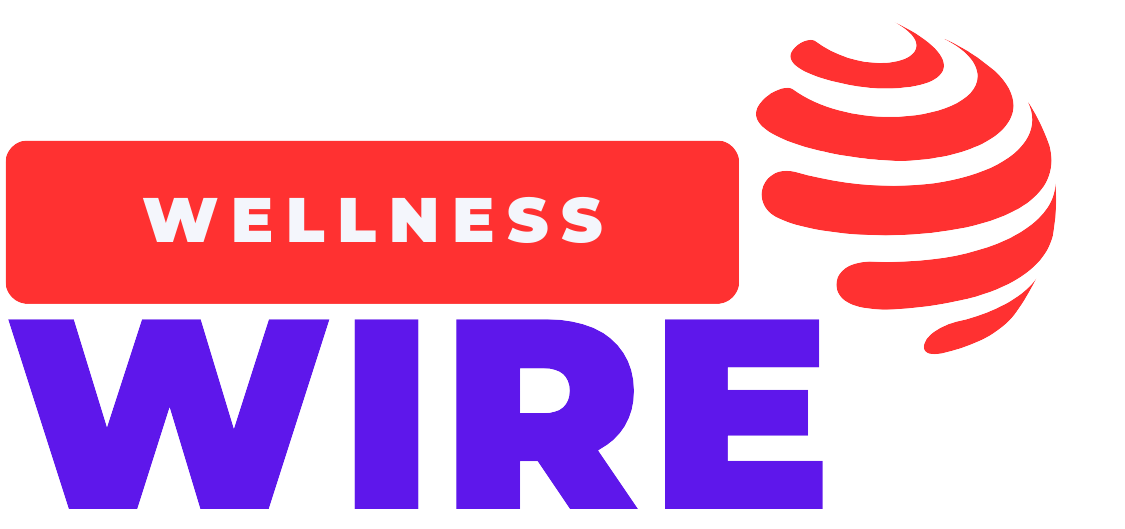The Future of Sweat: How Smart Clothing is Revolutionizing Health & Fitness
Discover how smart clothing is revolutionizing health tracking. From sweat analysis to real-time ECG monitoring, explore the future of wearable tech.

Introduction: The Next Evolution in Wearable Tech
Wearable technology has already transformed the way we track our health, with smartwatches and fitness bands dominating the market. But the next big leap is smart clothing—apparel embedded with cutting-edge sensors that monitor your body in real time, optimizing everything from hydration levels to muscle recovery.
With the global wearable technology market projected to reach $265.4 billion by 2026 (Source), smart fabrics are emerging as the next game-changer in personal health tracking. Could they replace fitness trackers altogether? Let’s dive into the future of sweat and how smart clothing is set to redefine health monitoring.
What Is Smart Clothing & How Does It Work?
Unlike traditional activewear, smart clothing integrates advanced biosensors directly into fabric, allowing seamless health monitoring. These sensors collect physiological data, providing real-time insights into your body’s condition.
Key Features of Smart Clothing:
- Sweat Analysis: Measures hydration levels, electrolyte balance, and lactic acid buildup.
- Heart Rate & ECG Monitoring: Built-in electrocardiogram sensors track cardiovascular health.
- Temperature Regulation: Some garments adjust insulation based on body temperature.
- Muscle Performance Tracking: Measures muscle activity, fatigue levels, and recovery needs.
- Posture Correction: Smart shirts and bras provide feedback on spinal alignment.
Companies like Hexoskin, OMSignal, and Athos have already launched smart shirts with ECG and respiratory sensors, while Sweatronics is pioneering sweat-sensing fabrics for hydration tracking (Harvard Health).
How Smart Clothing Is Revolutionizing Health & Fitness
1. Precision Fitness Tracking Beyond Smartwatches
While Apple Watch and Fitbit provide basic health data, smart clothing offers more accurate and comprehensive biometrics. Since sensors are placed directly against the skin and across larger surface areas, they deliver superior readings compared to wrist-based trackers.
For instance, the Nadi X Smart Yoga Pants from Wearable X use built-in haptic vibrations to guide users into the correct posture, acting as a real-time yoga instructor.
2. Enhancing Athletic Performance & Recovery
Athletes and fitness enthusiasts can benefit immensely from real-time muscle monitoring. Brands like Athos have developed compression garments that use electromyography (EMG) sensors to track muscle activity, helping athletes optimize workouts and avoid overuse injuries.
A study by the Journal of Sports Sciences found that real-time biofeedback through smart clothing led to a 20% reduction in muscle fatigue among professional athletes.
3. Hydration & Electrolyte Monitoring for Optimal Health
Sweat composition reveals crucial information about hydration and electrolyte balance. Companies like Epicore Biosystems are developing sweat-sensing patches that analyze sodium and potassium levels, helping athletes prevent dehydration before it impacts performance (Nature).
Imagine a future where your workout shirt alerts you when your sodium levels drop too low or reminds you to drink water before you feel thirsty.
4. Medical Applications: Remote Health Monitoring
Beyond fitness, smart clothing is also being integrated into telemedicine and chronic disease management. ECG shirts like those from Hexoskin are already being used for heart disease monitoring, reducing hospital visits for patients with arrhythmias and heart failure.
A 2022 study from the American Heart Association found that wearable ECG shirts improved early detection of atrial fibrillation by 85%, preventing potential strokes.
5. Military & Workplace Safety Innovations
Smart fabrics aren’t just for athletes—they are being integrated into military uniforms and protective workwear. The U.S. Army is testing biosensing combat gear that monitors soldiers’ vitals in real-time, detecting dehydration, fatigue, and heat exhaustion before they become life-threatening.
Similarly, construction companies are adopting smart vests that alert workers when exposed to excessive heat or fatigue-related risks.
Challenges & Limitations of Smart Clothing
While the technology is promising, several challenges remain:
- High Costs: Premium smart garments can cost upwards of $300 per item, making them less accessible.
- Durability & Washability: Many smart fabrics still face issues with repeated washing and wear.
- Data Privacy Risks: As with all wearables, ensuring secure health data storage is crucial.
However, companies are rapidly innovating to address these concerns. For example, MIT researchers are developing self-healing biofibers that improve durability, and advancements in machine-washable sensors are making smart clothing more practical for daily wear.
The Future of Smart Clothing: What’s Next?
Experts predict that within the next decade, smart clothing will become as common as fitness bands. Some key trends shaping the future include:
✅ AI-Powered Predictive Health Monitoring: Smart fabrics will use AI to predict dehydration, injury risk, or even detect early signs of illness.
✅ Integration with Augmented Reality (AR): Smart clothes paired with AR glasses could provide real-time workout analytics and posture guidance.
✅ Self-Charging Smart Fabrics: Researchers are working on fabrics that generate electricity through movement, eliminating battery dependency.
✅ Medical-Grade Smart Clothing: Expect FDA-approved ECG shirts and blood pressure monitoring garments for clinical use.
As companies continue pushing innovation, smart clothing is poised to become the future of personal health tracking—far beyond what fitness wearables offer today.
Final Thoughts: Will Smart Clothing Replace Wearables?
While smartwatches and fitness trackers won’t disappear overnight, smart clothing offers a more accurate, immersive, and personalized health tracking experience. Whether you’re an athlete, a health-conscious individual, or someone managing a medical condition, this technology has the potential to transform how we understand and optimize our bodies.
With brands like Nike, Under Armour, and Adidas investing in next-gen wearables, it’s clear that the future of sweat is smarter than ever.
The real question is: Would you trade your smartwatch for a smart shirt?
What's Your Reaction?
 Like
0
Like
0
 Dislike
0
Dislike
0
 Love
0
Love
0
 Funny
0
Funny
0
 Angry
0
Angry
0
 Sad
0
Sad
0
 Wow
0
Wow
0



















































